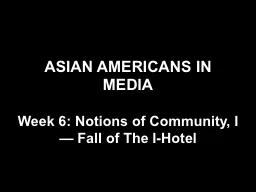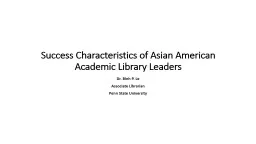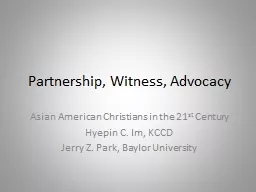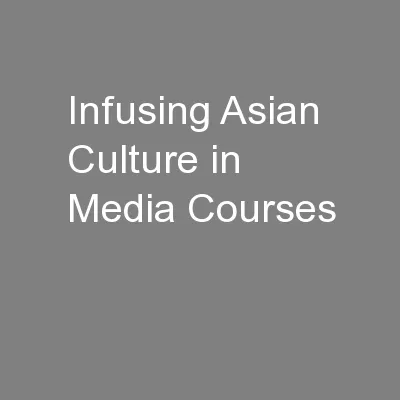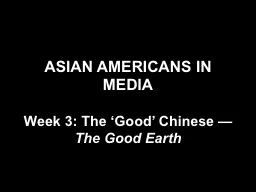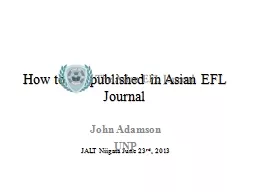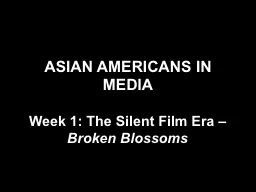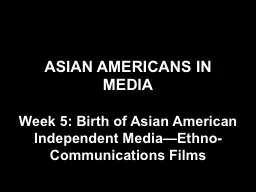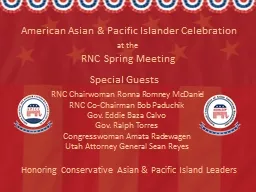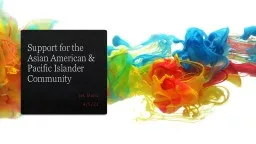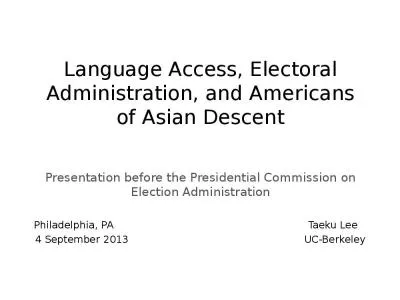PPT-ASIAN AMERICANS IN MEDIA
Author : test | Published Date : 2016-04-18
Week 6 Notions of Community I Fall of The IHotel Key Terms Asian American Movement Oral history An Asian American cinema Manilatown Manongs bachelor society
Presentation Embed Code
Download Presentation
Download Presentation The PPT/PDF document "ASIAN AMERICANS IN MEDIA" is the property of its rightful owner. Permission is granted to download and print the materials on this website for personal, non-commercial use only, and to display it on your personal computer provided you do not modify the materials and that you retain all copyright notices contained in the materials. By downloading content from our website, you accept the terms of this agreement.
ASIAN AMERICANS IN MEDIA: Transcript
Download Rules Of Document
"ASIAN AMERICANS IN MEDIA"The content belongs to its owner. You may download and print it for personal use, without modification, and keep all copyright notices. By downloading, you agree to these terms.
Related Documents

